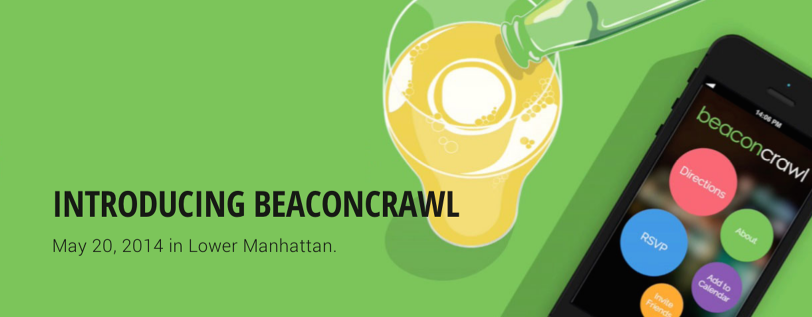If you’re not aware of iBeacon yet, you may be in a close future.
In what way can this technology improve your in store experience? And, let’s start by the beginning, what is it about
iBeacon versus NFC
NFC, Near Field Communication, is a technology that allows you to sent a signal from your smartphone to a terminal. The range is short (10cm) so you can only pay without entering your credit card because it means bringing your smartphone close enough to the card reader.
iBeacon is also a contactless device, but running with Bluetooth Low Energy protocol, and a range going to theorically 50 meters.
By the end of 2013, Paypal PDG declared that “the NFC doesn’t resolve the client’s problems” and was considering iBeacon to make the payment less and less visible.

What can you do with iBeacon ?
iBeacon was developed for Apple’s iOS (but is going to be adapted for others platforms) and its applications are various. Sending pushes, guide the store journey, creating a treasure hunt… The limit is your imagination. iBeacon operates with beacons, as you may guess, installed in the more efficient areas of your store / art gallery / airport / gas station that send messages to smartphones by entering the beacon’s “field of vision”.
Recently for example, iBeacon has been used in the context of a bar crawl event. Beacons were used as clues in the treasure hunt and sent ads for beverages, discount offers for the bars involved and others pushes linked to the event.

What are the applications for your store ?
Everybody is seeking for bargains. As we often notice in mobile testing, the applications offering discounts or deals, in exchange of the consumer’s commitment, are the most popular.
Indeed, they will be adopted and used more frequently than other yet “cooler” applications.
The application, to be useful, must first of all respond to a consumer behavior and cover a real need.
What is already taking place
Paris’ town hall and Total are already thinking of applications using this technology to create traffic in their stores or their buildings. Beacons have been also recently used in an art gallery to allow visitors getting direct information from the art pieces.
For a more “down-to-earth” use, Beacons can be used to trace back your keys or glasses.
As for the designer, a lot of interactions will become more natural and environmental (thanks to geolocalisation) and will ask less implication from the user.
Less clicks, more fluidity !
You’re approaching checkout ? The smartphone system ask you if you want the fidelity card.
In addition to potential applications for retail, it will allow creating or improving cross-platform use cases, for instance retrieving information from a mobile phone when turning on a computer.
In fine, two warnings
To make the maximum profit of iBeacon, you must be sure to have created a good user experience but also to have understood the path as well physical that digital. If their smartphones are constantly ringing each time they enter your shop, your clients will likely be ignoring them or worse, turning down the Bluetooth.
The security of this system can also be a brake in the use of the iBeacon technology because if the Beacon’s data are easily accessible, they are also easily hackable.